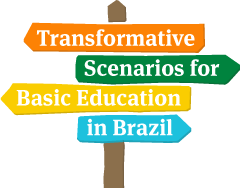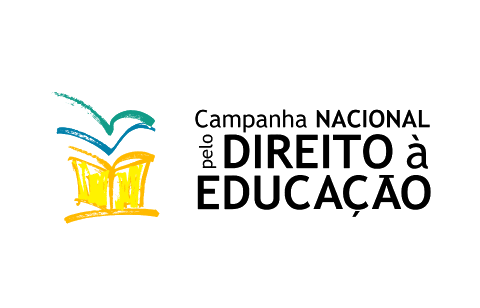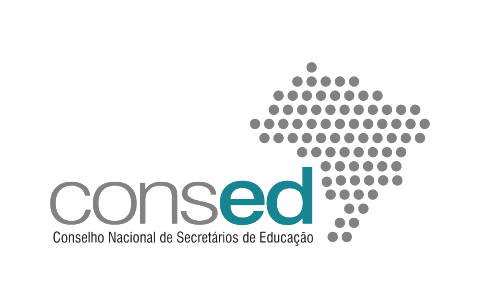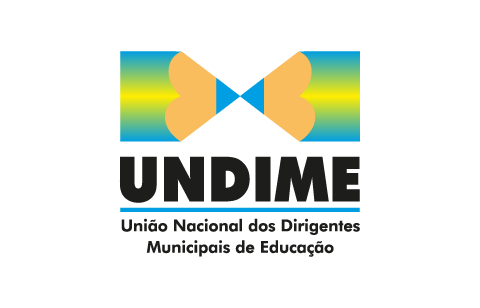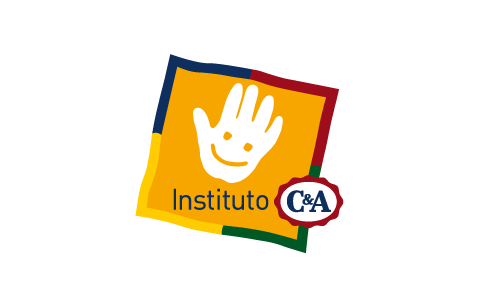The Project
The Transformative Scenarios for Brazilian Education in 2032 were created by a team of Brazilians immersed in the field of education: social movements, government, international organizations, opinion leaders, corporate institutions and foundations, unions, teachers, principals, parents, students, academics (professors and researchers) and organizations representing the diversity of the population (people with disabilities, LGBT, indigenous peoples), the different Education levels (Early Childhood Education, Primary Education, Youth & Adult Education (EJA), Professional Education) and issue-based (sustainability, innovation & digital culture, justice). These are leading players within the field of education and are invested and committed to improving education in Brazil. The project aimed to form a group that represents an important part of the education system in Brazil.
The scenarios were created based on 71 in-depth interviews conducted with people working on the issue, in addition to three workshops comprising seven days in total in the months of August, September and November 2014. During the workshops, a group of around 40 people participated in an intense dialogue among themselves and with the content of the interviews. They mapped the main concerns and driving forces, as well as certainties and uncertainties regarding the future of Basic Education in Brazil. After that, participants created and chose the stories about the future of Basic Education which they thought were the most relevant, challenging, plausible and clear, in order to enrich the public debate around the issue.
The scenarios start by describing the state of the country and education in 2032, a year chosen by the group for marking the centenary of the Manifesto of the Pioneers of a New Education, as well as for being a date beyond the end of the next National Education Plan (NEP) and offering a reasonable timeframe to consolidate the projected changes. Finally, chronological landmarks are shown from 2015 to 2032 explaining how that scenario came to be, describing the path traveled to get there.
